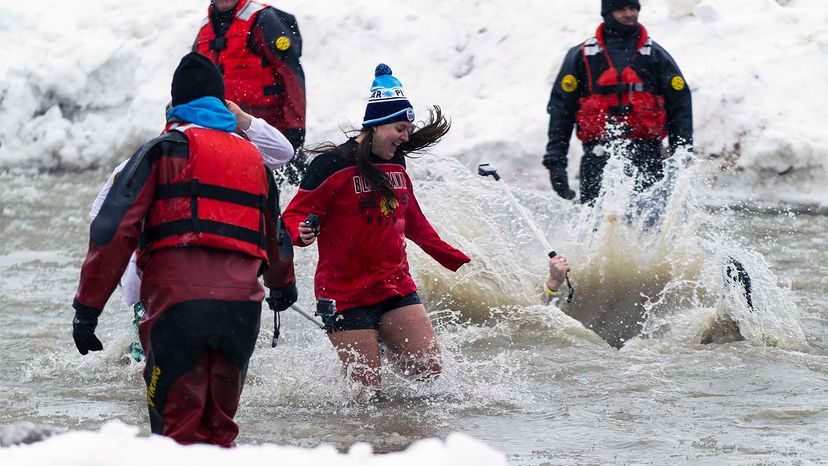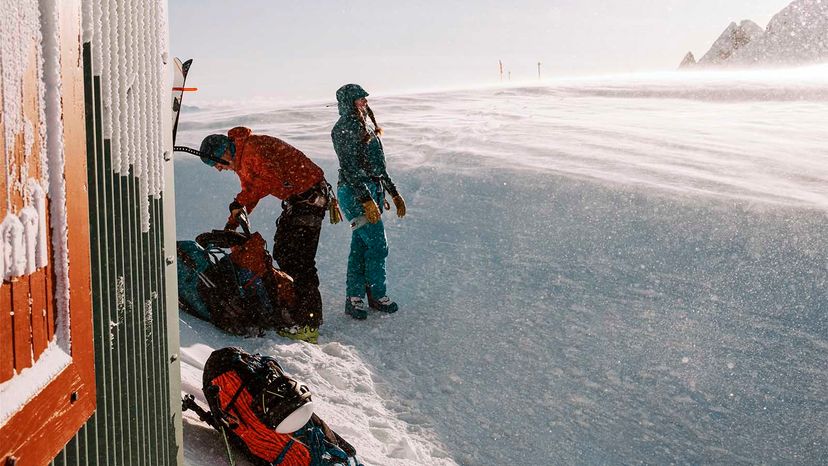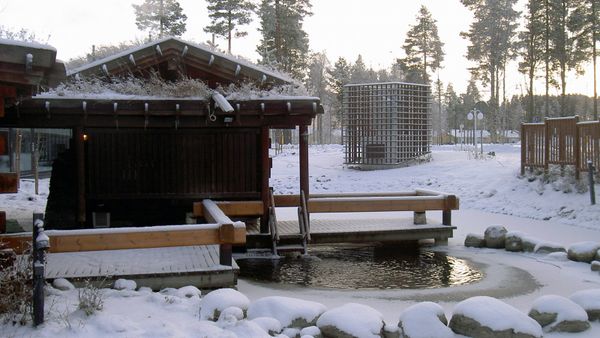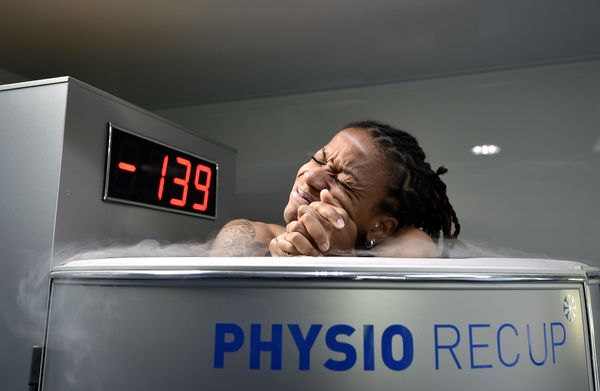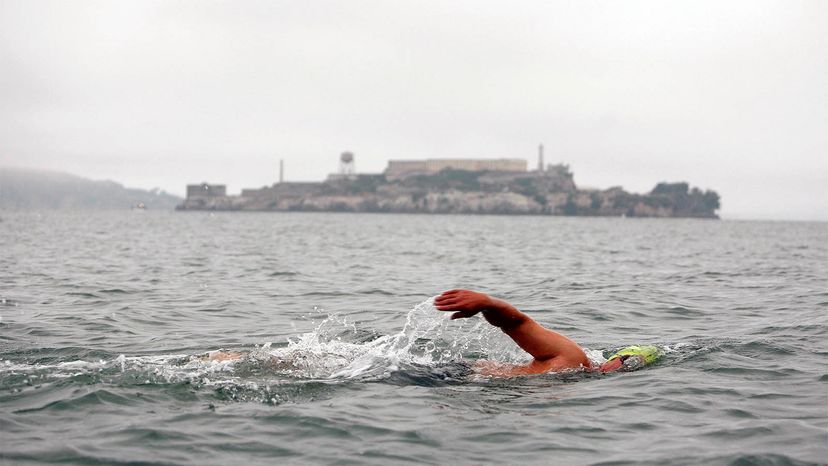
It's a brisk morning at the sandy shore of San Francisco Bay. Goosebumps cover Tony Gilbert's body, bare except for his uniform of a pair of swim trunks, swim cap, earplugs and goggles. He wades into 46-degree Fahrenheit (7-degree Celsius) water and swims out into the murky bay. He returns to shore 40 minutes later, exhilarated.
Gilbert isn't a former Olympian swimmer. He's not part of a super-athlete team, though he knows swimmers like that. He's a hobby cold-water swimmer. For 11 years he's been doing it, and he's never looked back.
Advertisement
"It's really cold! But we wouldn't do it if it wasn't fun. It's invigorating really!" Gilbert says. "You're taking a bite out of life. The first few minutes are still the worst, then you get going, the endorphins kick in, and you love it."
Gilbert is one of the brave members of the South End Rowing Club, founded in 1873, who regularly take dips in the frigid bay — for fun. The waters, by the way, average around 56 degrees Fahrenheit (13 degrees Celsius).
These swims aren't a one-off of the polar plunge; they're regular events for the group. Gilbert's swims range from 20 to 40 minutes, but he swims as long as 90 minutes. Curious onlookers might wonder how he doesn't experience hypothermia, or why he enjoys swimming in such cold waters?
Turns out that the human body has evolved to take on some pretty helpful tools to acclimate to different kinds of cold stress. In fact, some of those acclimations to cold stress might even help prevent diseases like Type 2 diabetes.
Advertisement
